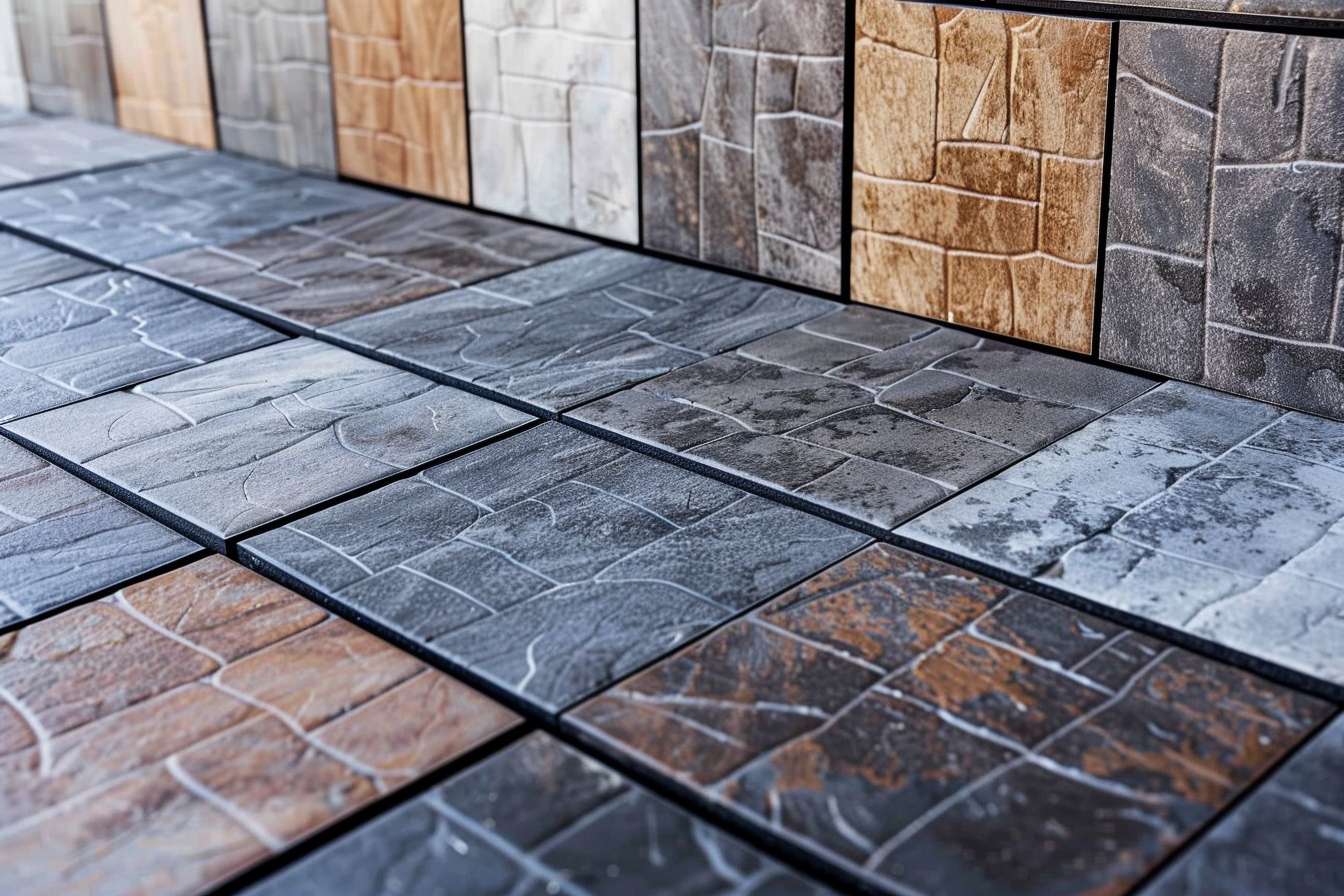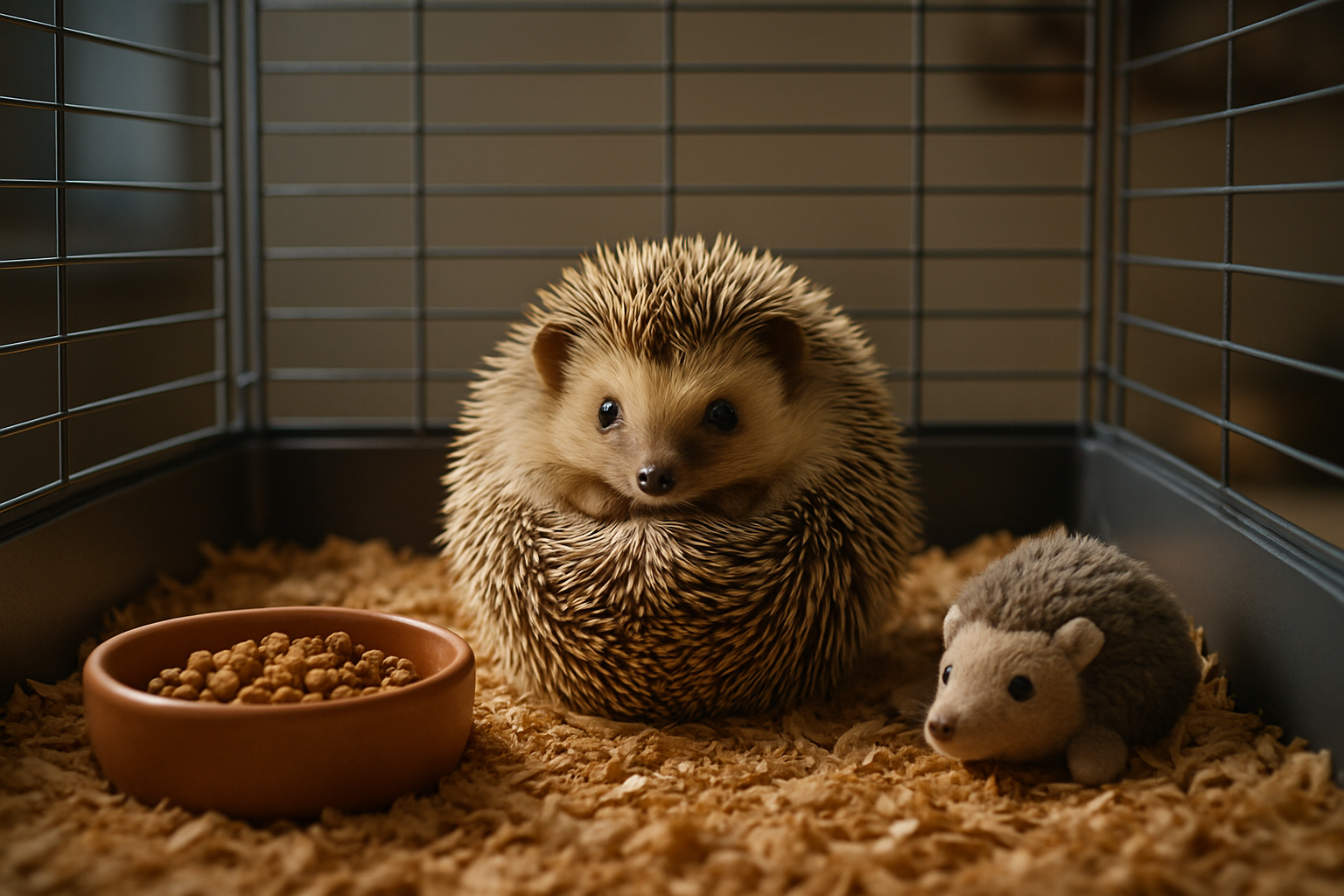Reimagining Outdoor Living: The Rise of Multifunctional Garden Rooms
Imagine stepping into your backyard and finding a cozy, stylish retreat that seamlessly blends indoor comfort with outdoor charm. This isn't a dream, but the latest trend in home design: multifunctional garden rooms. These versatile spaces are transforming how we interact with our outdoor areas, offering a perfect balance of nature and nurture.

The Evolution of Garden Spaces
Historically, gardens were primarily utilitarian, serving as sources of food and medicinal herbs. The concept of pleasure gardens emerged in ancient civilizations, with the Hanging Gardens of Babylon being a legendary example. During the Renaissance, elaborate formal gardens became status symbols for the wealthy, while the 18th century saw a shift towards more naturalistic landscape designs.
The modern garden room concept has its roots in the mid-20th century, when post-war suburbanization led to an increased focus on outdoor living. However, it’s only in recent years that these spaces have truly come into their own, driven by changing work patterns, technological advancements, and a growing desire for multifunctional living areas.
Designing the Ultimate Multifunctional Garden Room
Creating a successful garden room requires careful consideration of both form and function. The key is to design a space that complements your home’s architecture while meeting your specific needs. Popular styles range from sleek, modernist cubes to more traditional structures with pitched roofs and rustic finishes.
Materials play a crucial role in both aesthetics and practicality. Many designers opt for sustainable options like reclaimed wood, recycled metal, and eco-friendly insulation. Large windows and sliding glass doors are often incorporated to maximize natural light and create a seamless indoor-outdoor flow.
Tailoring Your Garden Room to Your Lifestyle
The beauty of a garden room lies in its versatility. For those working from home, it can serve as a dedicated office space, providing a quiet environment away from household distractions. Fitness enthusiasts might transform it into a personal gym or yoga studio, complete with equipment storage and a meditation corner.
Creative types can use the space as an art studio or music room, benefiting from natural light and inspiring surroundings. For entertainers, a garden room can become the ultimate party spot, equipped with a bar, sound system, and comfortable seating for year-round gatherings.
Technology Integration for Modern Living
To truly maximize the functionality of a garden room, integrating smart home technology is essential. Wi-Fi extenders ensure a strong internet connection, while smart lighting systems allow for ambiance control. Climate control solutions, such as smart thermostats and app-controlled heating and cooling systems, make the space comfortable in all seasons.
For those using the space as a home office or entertainment area, consider installing a smart projector or large-screen TV that can be seamlessly controlled via smartphone. Automated blinds or shutters can provide privacy and light control at the touch of a button.
Blurring the Lines: Indoor-Outdoor Harmony
The most successful garden rooms create a harmonious transition between indoor and outdoor spaces. This can be achieved through thoughtful landscaping that integrates the structure with its surroundings. Consider creating a patio or deck area that extends from the garden room, using complementary materials to tie the spaces together.
Planting schemes can further enhance this connection. Use container gardens or raised beds to bring greenery right up to the structure’s walls. Climbing plants on trellises or pergolas can soften the building’s lines and create a lush, organic feel.
Year-Round Enjoyment: Weatherproofing Your Garden Room
To truly maximize the value of your garden room, it’s crucial to ensure it’s usable throughout the year. This starts with proper insulation in walls, floors, and ceilings. Double or triple-glazed windows not only improve energy efficiency but also reduce noise transmission.
Consider installing underfloor heating for cozy winters, and incorporate good ventilation systems or air conditioning for summer comfort. Retractable awnings or pergolas can provide shade during hot days while allowing you to enjoy open-air living when desired.
The Economic and Lifestyle Benefits
Investing in a multifunctional garden room can have significant economic benefits. It adds valuable living space to your property without the need for costly home extensions or renovations. For those working from home, it eliminates the need for expensive office rentals while providing a professional environment for client meetings.
Moreover, the lifestyle benefits are immeasurable. Having a dedicated space for work, hobbies, or relaxation can greatly improve work-life balance and mental well-being. It offers a retreat from the main house, allowing for moments of solitude and reflection in nature.
Sustainability and Eco-Friendly Considerations
As environmental concerns become increasingly important, many homeowners are opting for eco-friendly garden room designs. This includes using sustainable materials, incorporating solar panels for energy independence, and implementing rainwater harvesting systems for garden irrigation.
Green roofs are another popular option, not only improving insulation but also supporting local biodiversity. By choosing native plants and creating wildlife-friendly features, your garden room can become a haven for local flora and fauna.
The Future of Outdoor Living
As we look to the future, the concept of multifunctional garden rooms is likely to evolve further. We may see increased integration of virtual and augmented reality technologies, allowing these spaces to serve as immersive entertainment or educational environments.
The trend towards self-sufficiency might lead to more garden rooms incorporating small-scale hydroponic or aquaponic systems, blending form and function in new and exciting ways. Whatever the future holds, it’s clear that these versatile spaces will continue to play a vital role in redefining our relationship with our homes and gardens.





